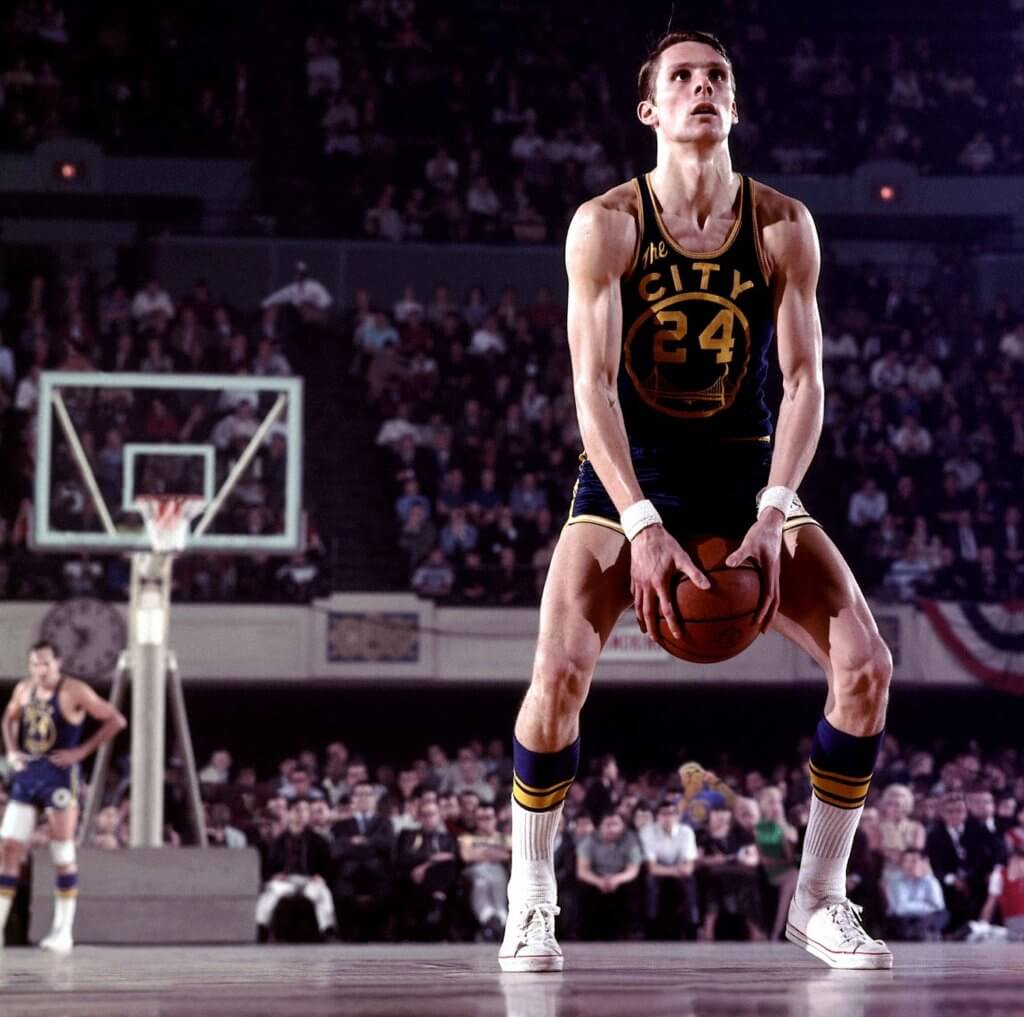
When you ask someone to try something uncomfortable, they pay as much attention to who is asking and if they trust them as they do to what is being asked.
“Who” and “what” are both factors that could influence a decision about whether someone should move forward.
There is a story I think about often about NBA player Rick Barry.
I know what he looks like, but I have never seen him play. Although he was known as a prolific scorer at both the professional and collegiate levels, there is one technique he is known for in NBA circles.
The granny shot.
According to the Google AI overview, when I searched the term:
“A “granny shot” is an underhanded basketball shot, most commonly used for free throws, where the player scoops the ball with both hands and releases it with an upward, underhand motion. Although it is often seen as unconventional or silly, it has mechanical advantages and was used effectively by players like Rick Barry.”
Without even looking at the search until after writing the opening, the “granny shot” is synonymous with the name Rick Barry.

If you are familiar with basketball at all, you probably know Steph Curry, who has the highest free-throw percentage of all time. But that title used to belong to Rick Barry, and did so until after he retired from the game.
For years, it has been known to actually be a better shot than the overhead “free throw” technique, and again, according to the AI overview:
“A scientific analysis and some studies suggest the “granny shot” or underhand free throw technique is more mechanically sound and can be more accurate than the traditional overhead shot. This is because it involves a more natural, relaxed motion with less tension, a higher arc, and a softer bounce around the rim.”
However, the social stigma of the shot causes most players, even historically great ones like Wilt Chamberlain, to avoid it.
Basically, people thought it looked dumb, so they didn’t want to do it.
But I once heard another theory about why people didn’t use it.
Because they didn’t like Rick Barry.
Now, I do not know Rick Barry personally, and I am not in a position to judge others’ flaws, so I am not doing that here. I have many myself, and I have made so many mistakes in my life, and I am a big believer in the idea of “not throwing stones.”
However, I do remember hearing a story on a podcast years ago that always resonated with me. The host shared that people didn’t want to try the shot not only because it looked stupid, but because it would directly connect them with someone they might not have liked.
Whether true or not, I thought about this in the context of my work.
I remember one colleague I had who was beyond his time in his philosophy of education, but I didn’t realize that until years later. Not because I necessarily disagreed with his ideas at the time, but because, honestly, I didn’t want to listen to him. He was condescending and rude to me, and I just had no interest in listening to anything he said.
Before someone embraces your idea, they often need to feel you respect them more than you want to change them.
And I am 100% someone has seen me the same way.
I remember seeing a friend of mine for the first time in years, and the first thing I said to him was how he should start using a different technology from the one he had been using for presenting. No “hi!” or “How are you doing?” Just, “Hey, you are doing this thing wrong, and here is how you can do it better.”
Luckily, he called me to task about my approach, and although I think he moved away from what he used then, it wasn’t because of that interaction, at least not in that moment.
A good idea delivered poorly can feel like a bad idea.
Even though I remember trying to be helpful in that situation, I did more harm in the delivery, and I was grateful that it was communicated so that I could improve in the future. I still have so much work to do.
When you ask someone to try something different, that might feel uncomfortable, they might look at who is delivering the message as much as the message itself.
Now, you can’t control the behavior of others, nor can you maintain their perception of you.
As you read this, I hope you can think (as I did) of a time when your message was lost because of your delivery, and ask yourself how it can get better.
Because people often don’t want to “buy” an idea until they “buy” the person delivering it.
You cannot force someone to change, but when you genuinely value them as people, they are more willing to take risks, try hard things, and choose growth on their own.